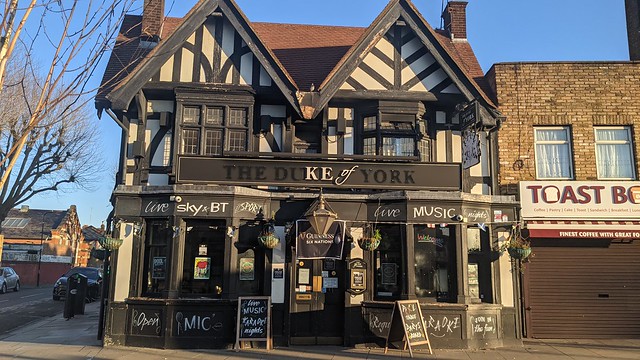I'm reading a new book called
Street Seen, the catalogue of an exhibition at the
Milwaukee Art Museum.
It's really struck a chord with me and the clue is in its subtitle, The Psychological Gesture in American Photography, 1940-1959.
The photographers featured, Lisette Model, Louis Faurer, Ted Croner, Saul Leiter, William Klein, and Robert Frank, are well known practitioners of what's come to be called street photography, although tellingly the curator Lisa Hostetler explicitly does not want to use that label, believing it to be "too nebulous". Instead she connects these particular photographers by their passion for the authenticity of their photography as an immediate expression of their own perceptions and experience. The historical context of their work, during and post World War II, is also crucial. At a time when fundamental values of society were challenged leading to the post-war pursuit of the American Dream, these photographers, together with painters, poets and writers, were in the vanguard of questioning that homogeneity, focusing instead on the individual to offer alternative visions of society.
Ted Croner's quotation, "They weren't pictures of people. They were pictures of the way I felt" made me jump. Emotionally it resonated with me as a very succinct way of saying what I've spent most this website talking about. Then it also made me think about how I found myself in a similar place fifty years later. I now live in a world where the American Dream is dominant, a consumer society is one I literally buy into it. Is my work any less authentic, just a re-run of an old 50s B-movie? I know I came to this form of expression in my own way, I wasn't seeking to copy, or pay homage, to any other photographer. It found me and gave me a voice. For me the "psychological gesture" is still as relevant today. The concerns of our lives have much in common with those New Yorkers two or more generations ago and I find it enervating to hear those echoes through the photography of that time.
On other note Roger Mayne was, welcomely but a little anomalously, included in the selection of works supporting the featured photographers. Apart from Young Meteors by Martin Harrison I can't think of an attempt on this side of the Atlantic to present photography in such a thematic way, a blend of the personal and the political. Perhaps it's time for another!
Update - a fascinating discussion, including Saul Leiter, emerged from the show which was captured as a video. In keeping with the theme of this post it's just as well heard as seen...
In addition here's a commentary on Louis Faurer's short film "Time Capsule"
http://www.nytimes.com/interactive/2010/04/16/arts/design/20100416-faurer-feature.html








No comments:
Post a Comment